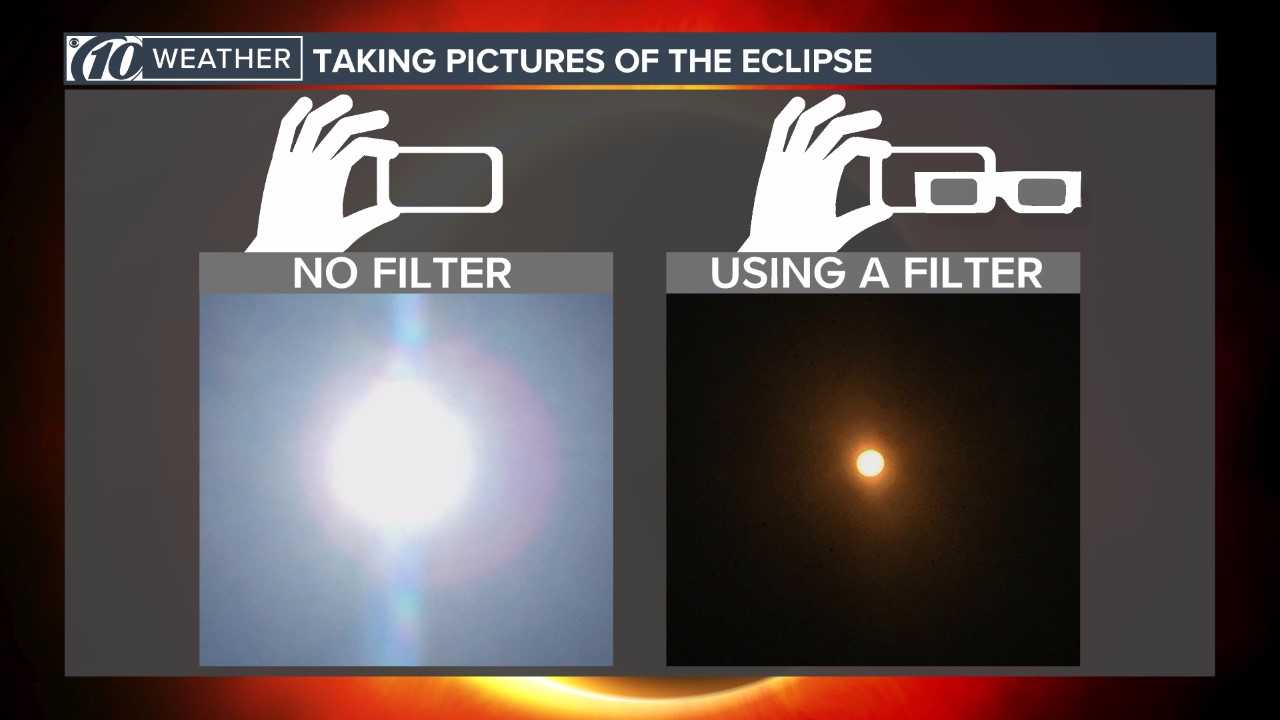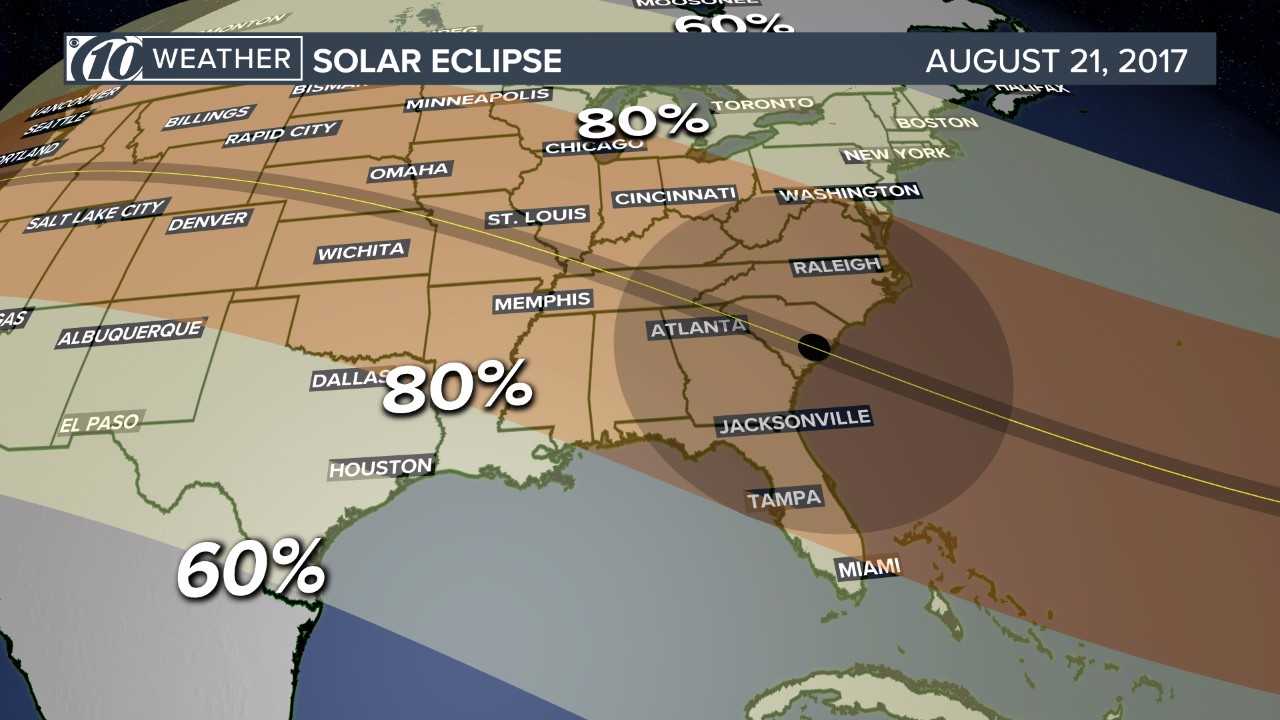Alright, folks, let me start by dropping this bombshell right here: Looking at a solar eclipse without proper protection is way worse than staring directly at the sun on a regular day. Yes, you heard that right. The sun might seem harmless when it’s just hanging out there in the sky, but during an eclipse, it transforms into a sneaky little monster that can fry your eyeballs without you even realizing it. So, why does this happen? And what makes an eclipse so dangerous compared to the good ol' sun? Let's dive in and uncover the truth.
Let’s face it—we’ve all been warned about not staring directly at the sun since we were kids. Our parents, teachers, and even that one creepy science teacher who loved to scare us with stories about blindness drilled it into our heads. But when a solar eclipse rolls around, people suddenly forget all those warnings and start whipping out their cameras and binoculars like there’s no tomorrow. It’s almost like the eclipse has some sort of magnetic pull that makes us ignore common sense. Trust me, I get it—it’s super tempting to witness such a rare celestial event. But hold up, because there’s a lot more going on here than meets the eye.
In this guide, we’re going to break down why looking at an eclipse is worse than gazing at the sun, explore the science behind it, and give you all the tools you need to stay safe while enjoying this mind-blowing phenomenon. Whether you’re a seasoned stargazer or just someone who wants to avoid turning into a human pinhole camera, this article’s got you covered. So grab your favorite beverage, settle in, and let’s unravel the mysteries of the solar eclipse together.
Read also:Algebra 2 Regents Curve 2024
Table of Contents:
- Introduction: Why Eclipses Are Deadlier Than You Think
- The Science Behind Solar Eclipses
- How Eclipse Light Damages Your Eyes
- Why Is an Eclipse Worse Than the Sun?
- Safety Tips for Viewing an Eclipse
- Essential Tools for Safe Eclipse Viewing
- Busting Common Eclipse Myths
- Eclipse-Related Eye Damage Statistics
- A Historical Perspective on Eclipses
- Conclusion: Protect Your Peepers!
Introduction: Why Eclipses Are Deadlier Than You Think
So, here’s the deal—when the moon decides to play hide-and-seek with the sun, things get weird. A solar eclipse occurs when the moon passes between the Earth and the sun, casting a shadow on parts of our planet. During this time, the sky darkens, temperatures drop, and animals start acting all kinds of strange. It’s like nature throwing a cosmic party, and everyone wants to be invited. But amidst all the excitement, there’s a hidden danger lurking in plain sight—or rather, in the light.
Unlike regular sunlight, the light from a solar eclipse can sneak up on you. When the sun is partially covered, it creates this eerie twilight effect that tricks your brain into thinking it’s okay to stare. Spoiler alert: it’s not. Without proper protection, you could end up with permanent eye damage, or worse, blindness. And trust me, no amount of Instagram likes is worth losing your vision over.
The Science Behind Solar Eclipses
Let’s talk science for a sec, shall we? A solar eclipse happens when the moon perfectly aligns with the sun and Earth, creating a celestial dance that’s both beautiful and terrifying. There are three main types of solar eclipses:
- Total Eclipse: The moon completely blocks the sun, leaving only its outer atmosphere, called the corona, visible.
- Partial Eclipse: The moon partially covers the sun, creating a crescent-shaped silhouette.
- Annular Eclipse: The moon appears smaller than the sun, leaving a fiery ring around its edges.
Each type comes with its own set of risks, but they all share one common thread: the potential to harm your eyes if viewed incorrectly. The sun’s ultraviolet (UV) rays are intense enough to burn your retinas, and during an eclipse, those rays can penetrate deeper into your eyes due to the lack of visible brightness. It’s like getting sunburned… but on your eyeballs.
Why UV Radiation Matters
UV radiation is no joke. It’s the same stuff that gives you sunburns and increases your risk of skin cancer. When it comes to your eyes, UV rays can cause a condition called solar retinopathy, which is basically like frying your retinas. Symptoms include blurred vision, eye pain, and even temporary or permanent blindness. And here’s the kicker—most people don’t feel any discomfort while it’s happening, so they keep staring until it’s too late.
Read also:Eos Kids Reservation
How Eclipse Light Damages Your Eyes
Now, let’s get down to the nitty-gritty. When you look at the sun—or even a partially eclipsed sun—your eyes act like tiny magnifying glasses. The UV rays pass through your cornea and lens, focusing directly onto your retina, which is the light-sensitive tissue at the back of your eye. Think of it like holding a magnifying glass under the sun and burning ants (not that I’m advocating for that, obviously). Except in this case, the "ant" is your retina, and once it’s fried, it doesn’t grow back.
Here’s where it gets interesting: during an eclipse, the moon blocks most of the sun’s light, making it seem safer to look. But guess what? Those pesky UV rays are still there, doing their thing. In fact, they’re even more dangerous because your pupils dilate in response to the dimmer light, allowing even more harmful radiation to enter your eyes. It’s like opening the floodgates to a solar storm.
Why Is an Eclipse Worse Than the Sun?
This is the million-dollar question, isn’t it? Well, there are a few reasons why an eclipse poses a greater risk than regular sunlight:
- Trickery of Darkness: The partial darkness during an eclipse tricks your brain into thinking it’s okay to stare. Your natural instinct to squint and look away doesn’t kick in, leaving your eyes vulnerable.
- Increased Curiosity: People tend to focus harder on the sun during an eclipse because they want to see the details. This prolonged exposure increases the risk of damage.
- Delayed Symptoms: Unlike sunburns on your skin, solar retinopathy doesn’t hurt right away. By the time you notice something’s wrong, the damage is already done.
So, while the sun is definitely dangerous on its own, the unique conditions of an eclipse make it a whole new level of hazardous. It’s like upgrading from a regular flamethrower to a supercharged one.
Safety Tips for Viewing an Eclipse
Alright, enough with the doom and gloom. Let’s talk about how you can enjoy an eclipse without turning into a human solar panel. Here are some top-notch safety tips:
- Use ISO-certified eclipse glasses. These are specially designed to block out 99.999% of harmful UV rays.
- Avoid using regular sunglasses, smoked glass, or homemade filters. They won’t cut it.
- Never look at the sun through binoculars or telescopes without proper solar filters.
- Take breaks! Even with eclipse glasses, it’s a good idea to rest your eyes every few minutes.
Remember, your eyes are irreplaceable. Don’t take any unnecessary risks just to catch a glimpse of the action.
Creating a DIY Pinhole Projector
If you don’t have access to eclipse glasses, you can make a simple pinhole projector using two pieces of cardboard. Just poke a small hole in one piece, hold it up to the sun, and project the image onto the other piece. Voilà! You’ve got yourself a safe way to watch the eclipse without risking your vision.
Essential Tools for Safe Eclipse Viewing
When it comes to eclipse viewing, having the right gear is crucial. Here are some must-have tools:
- Eclipse Glasses: Look for ones that meet the ISO 12312-2 standard.
- Solar Filters: For binoculars and telescopes, invest in high-quality solar filters.
- Pinhole Projectors: Great for group viewing sessions or educational purposes.
Don’t skimp on quality here. Cheap knockoffs might seem tempting, but they’re not worth the risk. Always buy from reputable manufacturers and check for certifications.
Busting Common Eclipse Myths
There’s a lot of misinformation floating around about eclipses, so let’s clear the air:
- Myth #1: You can look at the sun during totality without protection. Fact: While it’s safe to look during the brief moment of totality, you still need protection before and after.
- Myth #2: Sunglasses are enough to protect your eyes. Fact: Regular sunglasses block only about 10% of UV rays, which isn’t nearly enough.
- Myth #3: You can’t get eye damage from a partial eclipse. Fact: Partial eclipses are actually more dangerous because they trick your brain into thinking it’s safe to stare.
Armed with these facts, you’ll be able to separate the truth from the fiction and stay safe during the next eclipse.
Eclipse-Related Eye Damage Statistics
Let’s talk numbers for a moment. According to studies conducted by NASA and other scientific organizations:
- About 50% of people who stare at the sun during an eclipse experience some form of eye damage.
- Permanent blindness occurs in approximately 1% of cases, but the risk increases significantly without proper protection.
- Children are particularly vulnerable due to their thinner eye tissues, making it crucial to educate them about eclipse safety.
These stats should serve as a wake-up call for anyone planning to view an eclipse without taking precautions.
A Historical Perspective on Eclipses
Eclipses have fascinated humans for centuries. Ancient civilizations viewed them as omens or signs from the gods, often attributing supernatural powers to their occurrence. In modern times, scientists use eclipses to study everything from the sun’s corona to the effects of gravity on light. But one thing hasn’t changed—people still love to stare at them. And as history has shown, those who do so without proper protection often pay a steep price.
Conclusion: Protect Your Peepers!
There you have it, folks—a comprehensive guide to why looking at an eclipse is worse than staring at the sun. From the science behind solar eclipses to the dangers of UV radiation, we’ve covered it all. Remember, the key to enjoying an eclipse safely is preparation. Equip yourself with the right tools, follow the safety tips, and most importantly, respect the power of the sun.
So, the next time an eclipse rolls around, don’t let curiosity get the better of you. Take the necessary precautions and share this knowledge with others. Together, we can ensure that everyone gets to enjoy these amazing celestial events without putting their eyes at risk. And hey, if you’ve got any questions or comments, drop them below. Let’s keep the conversation going!


